Full text
PDF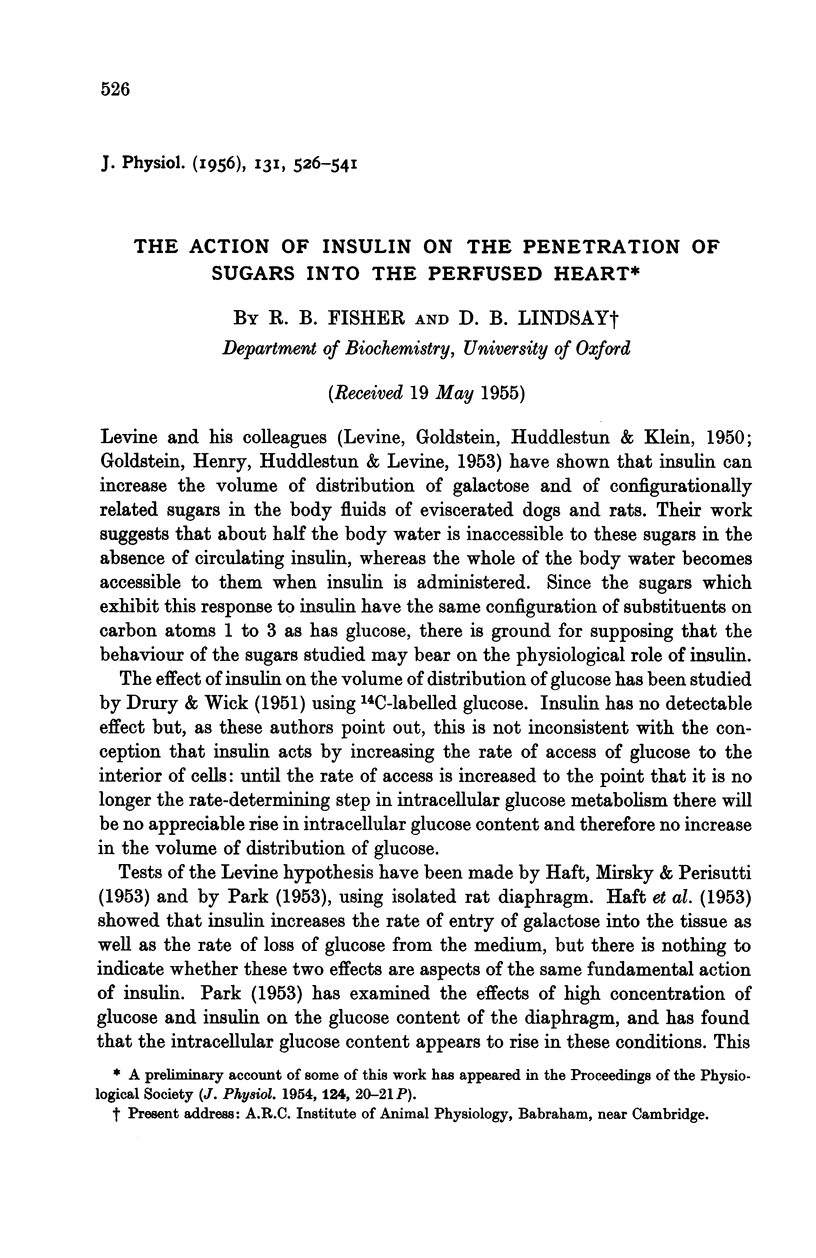
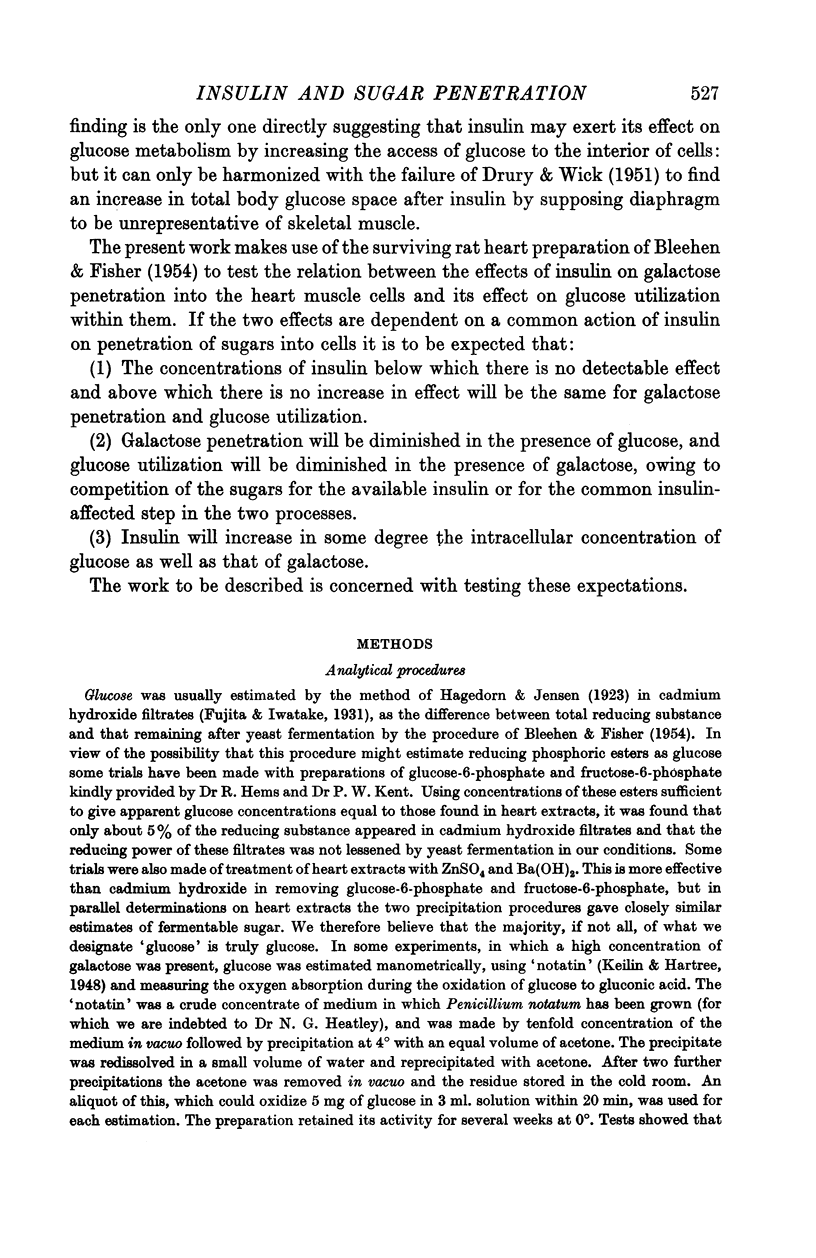
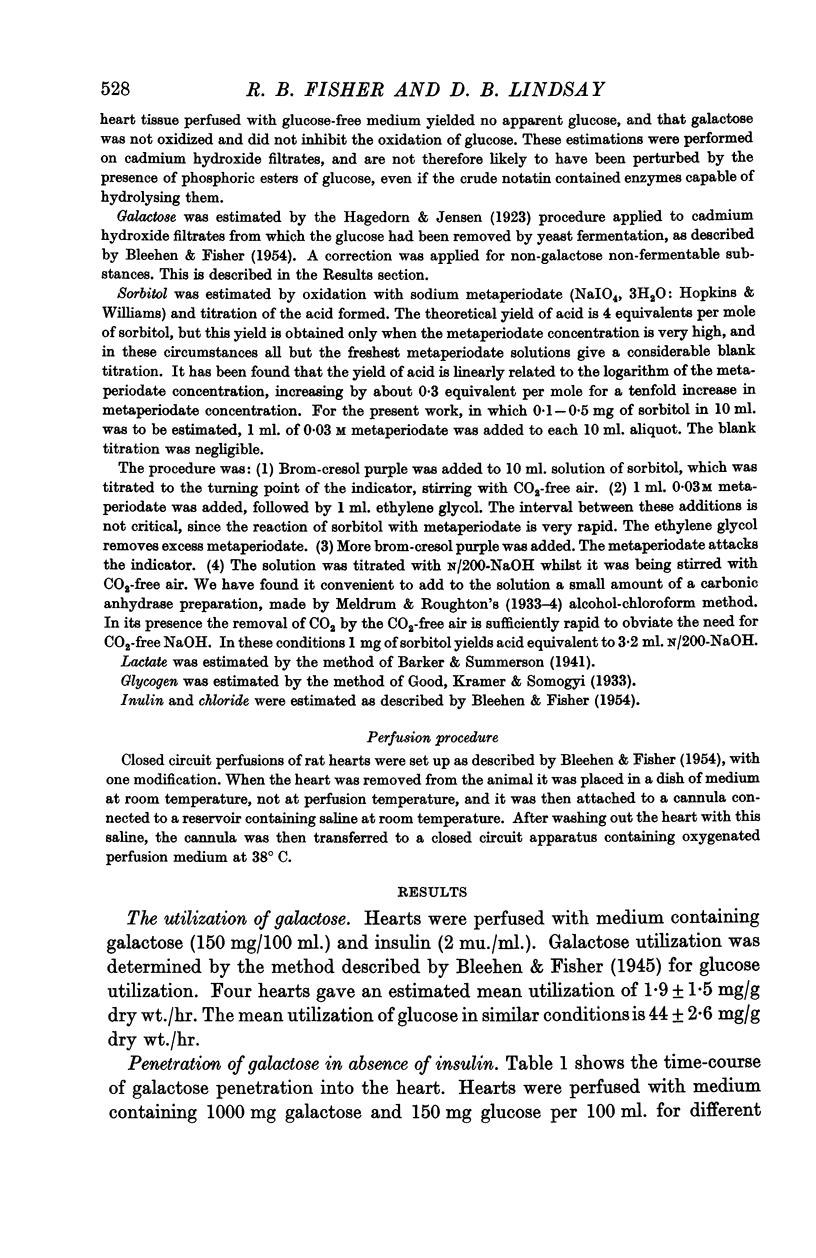
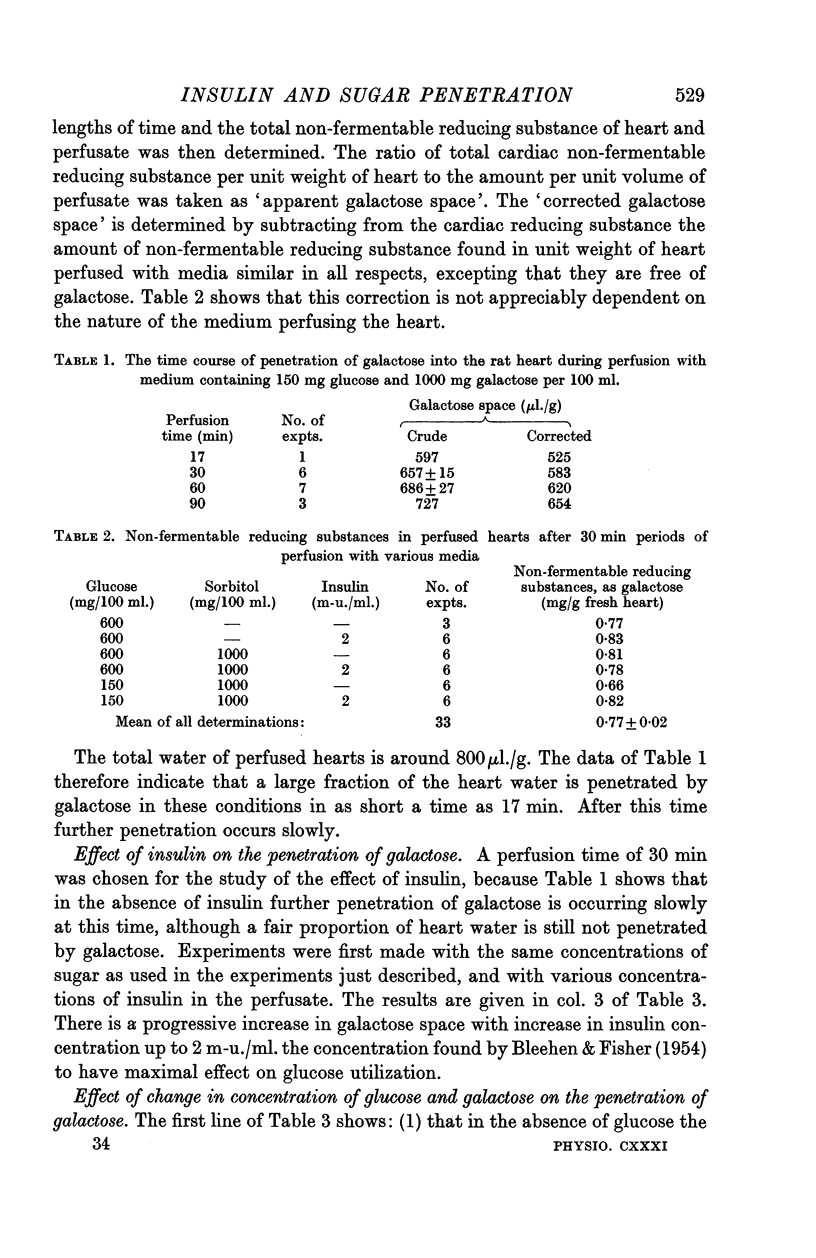
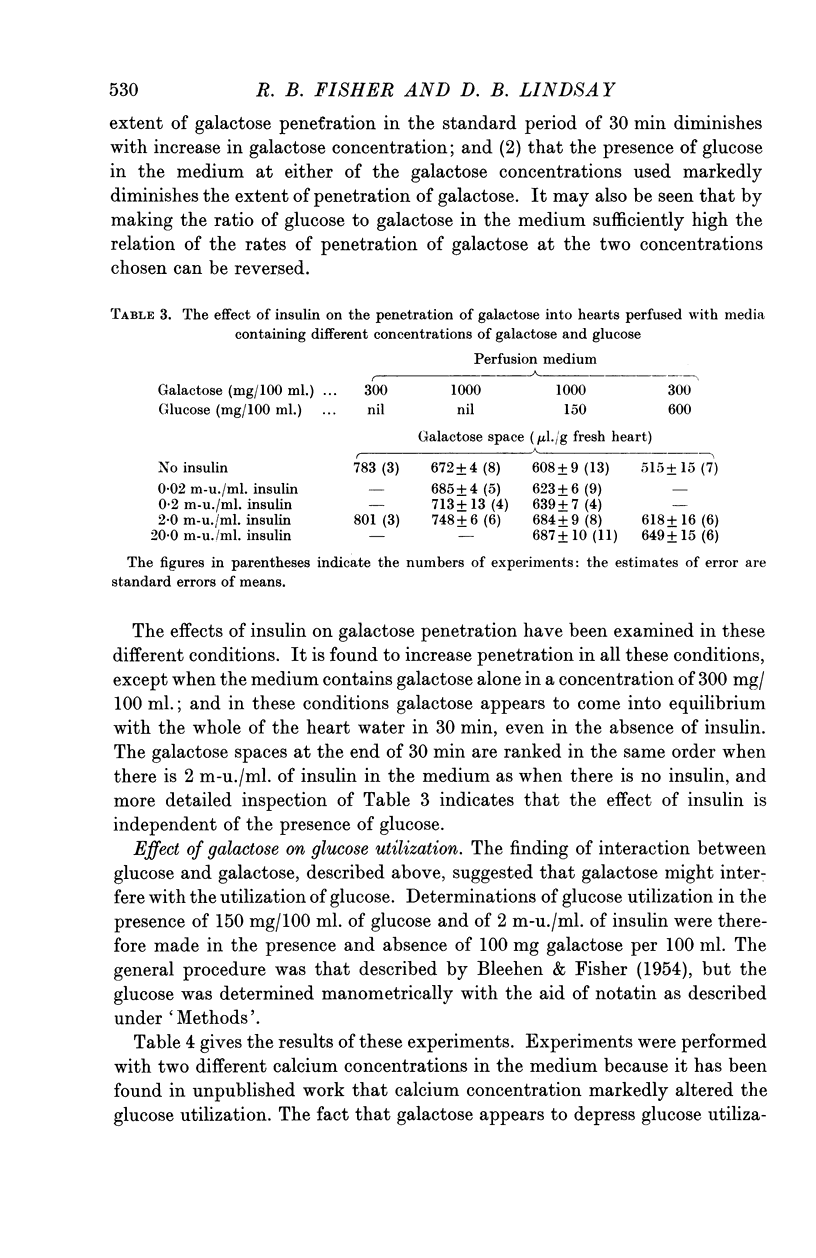
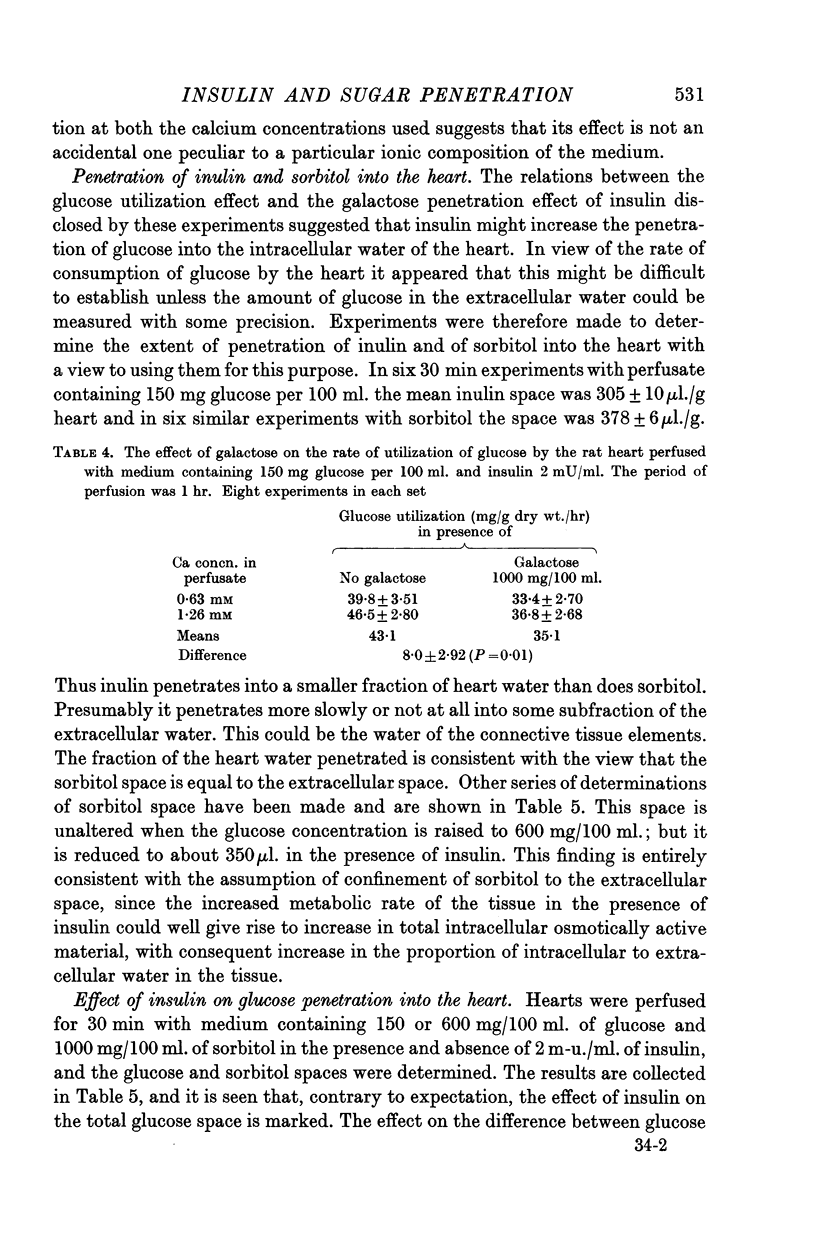
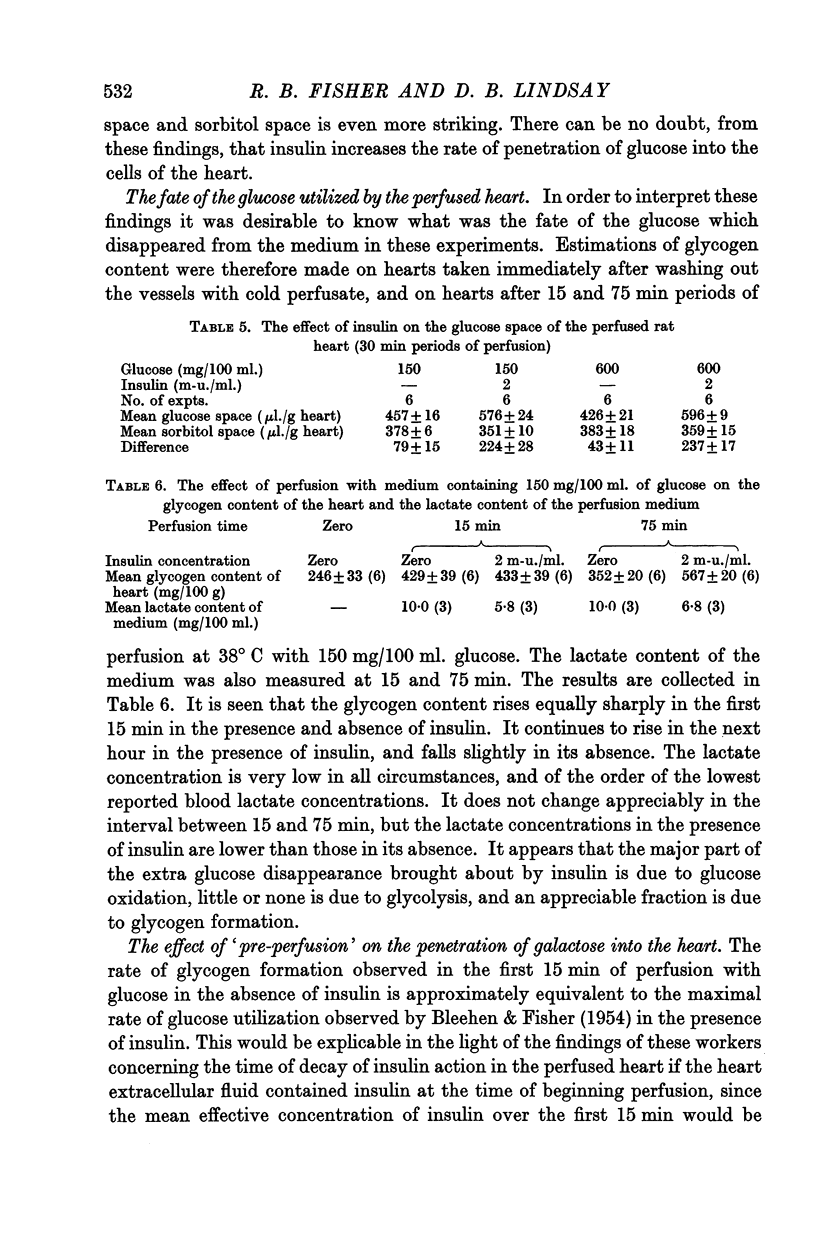
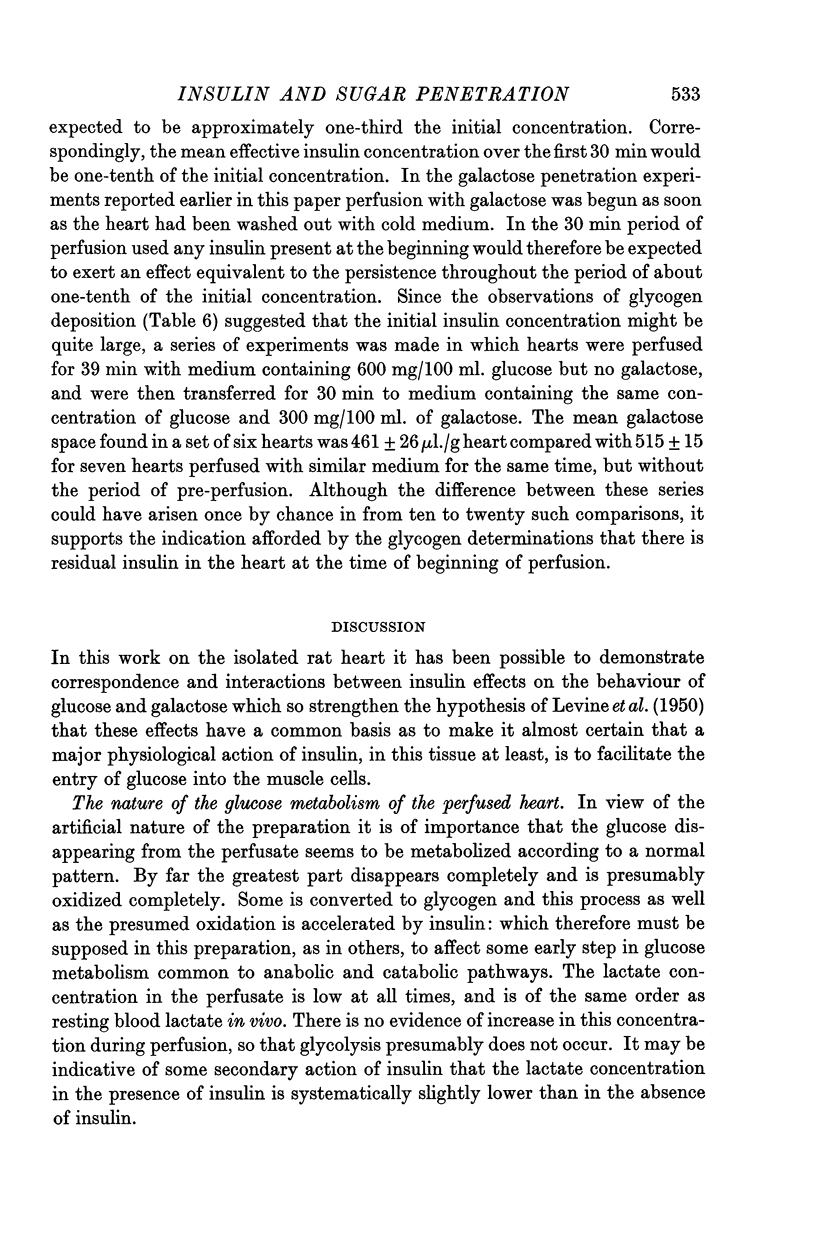
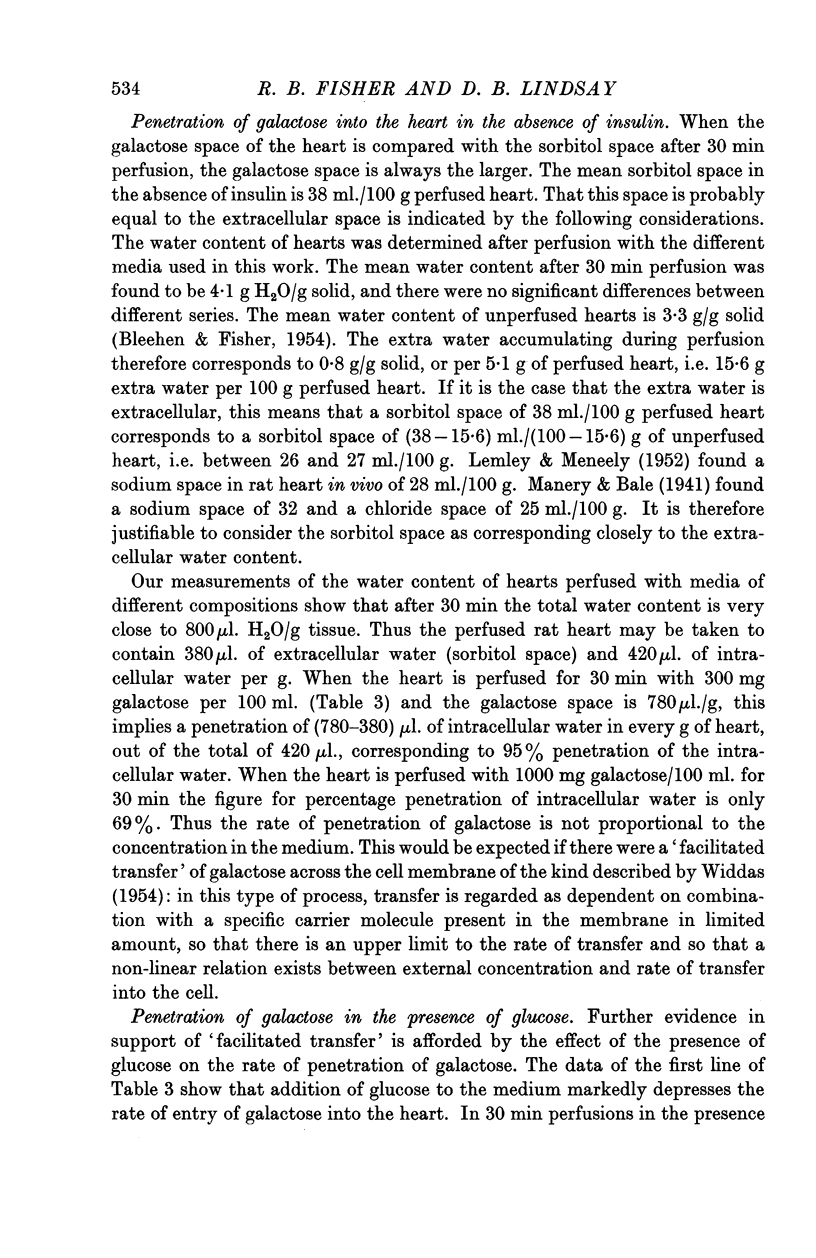
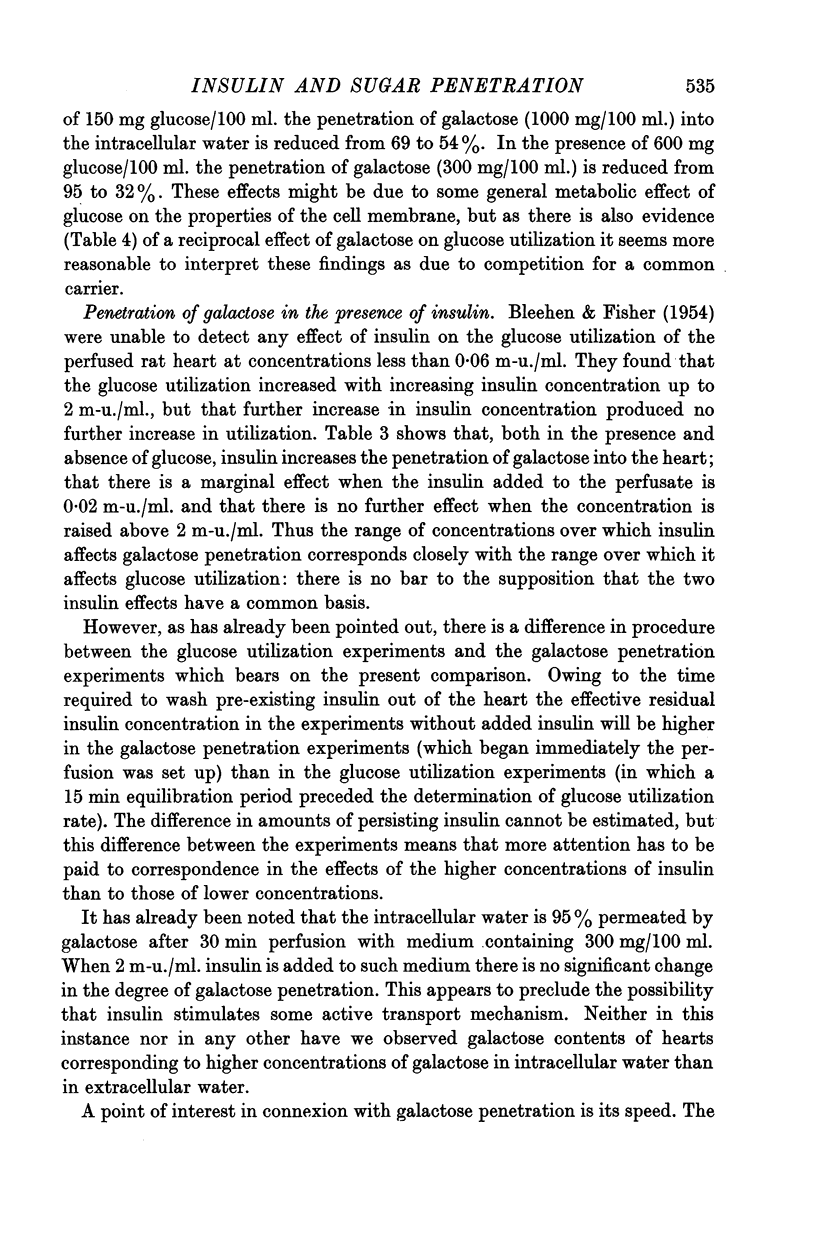
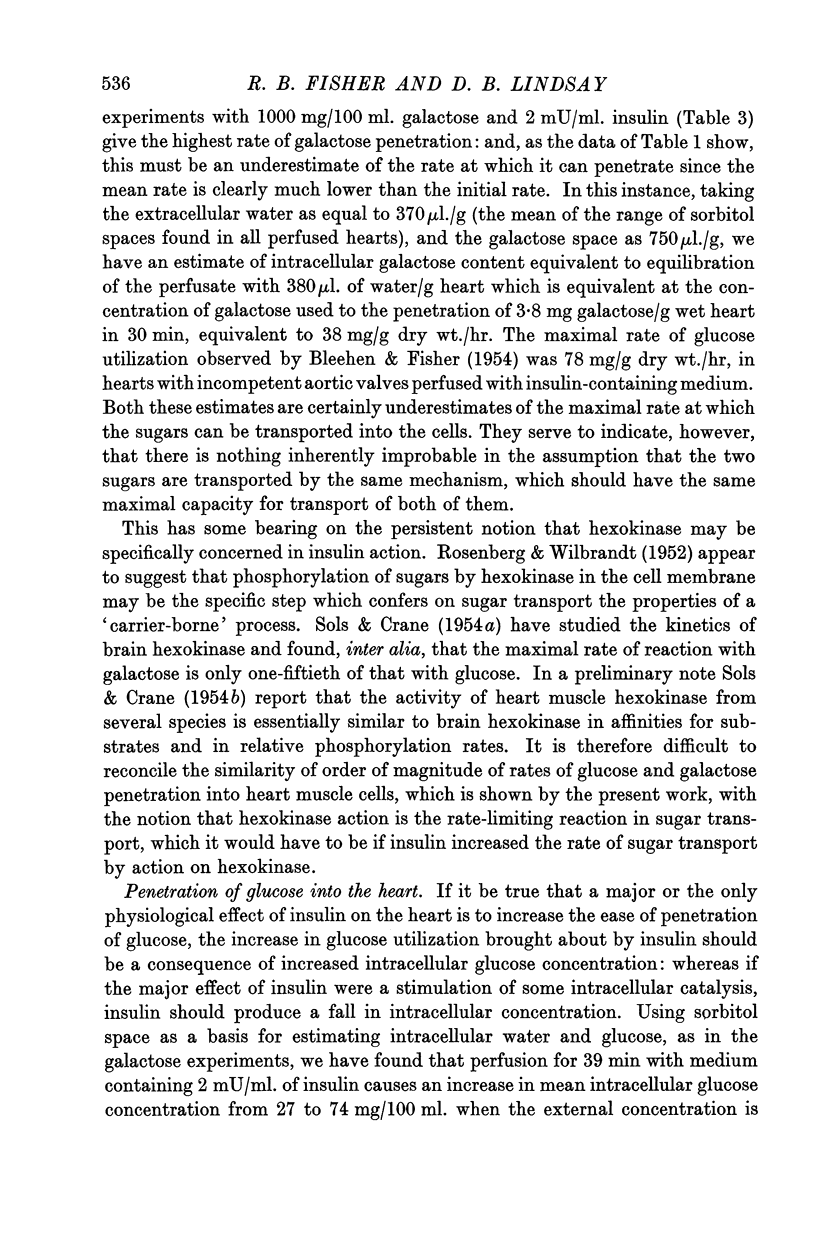
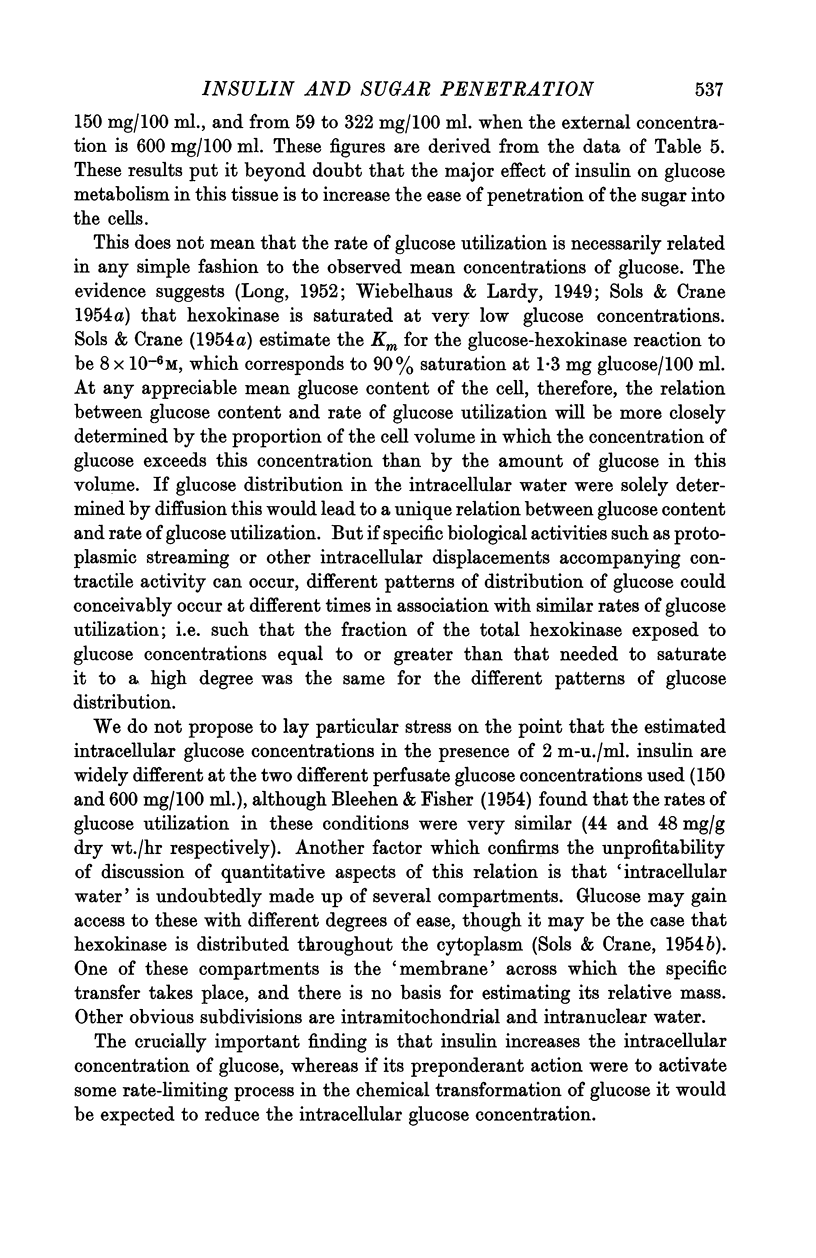
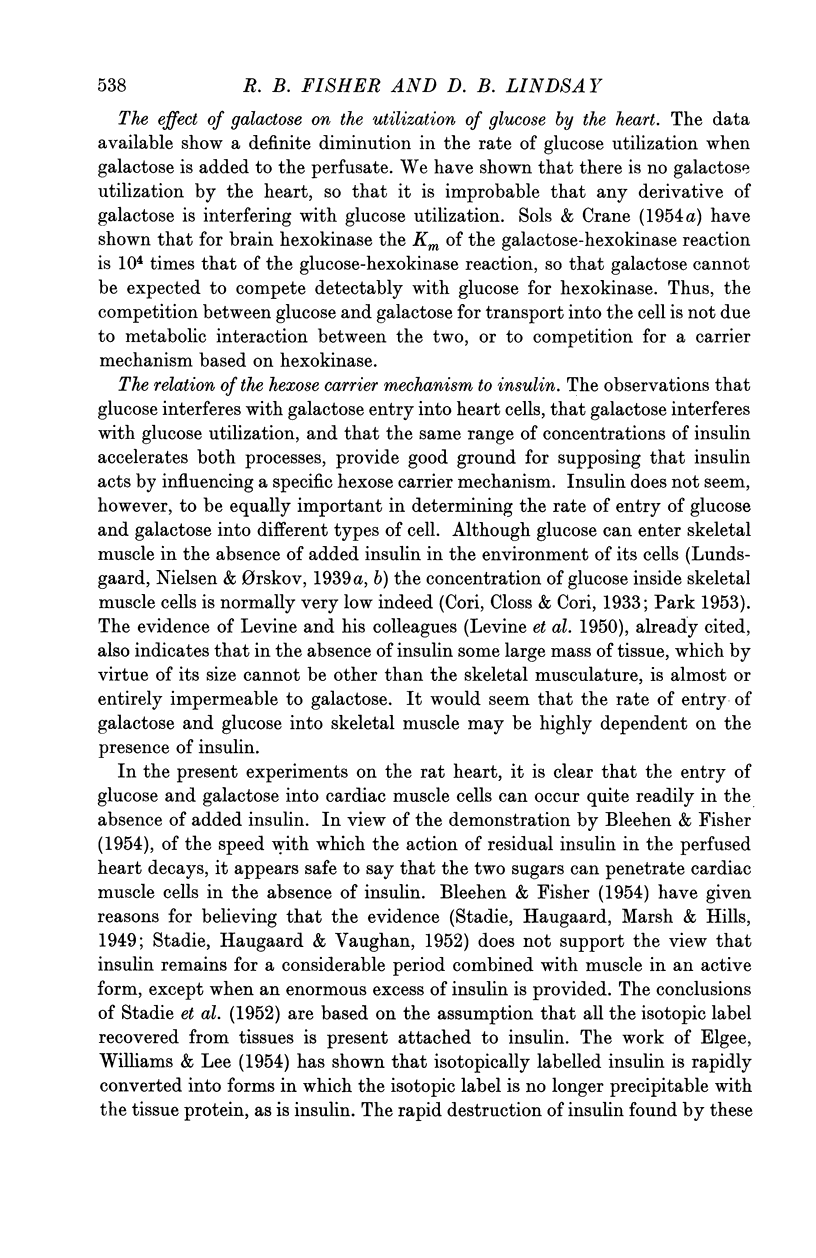
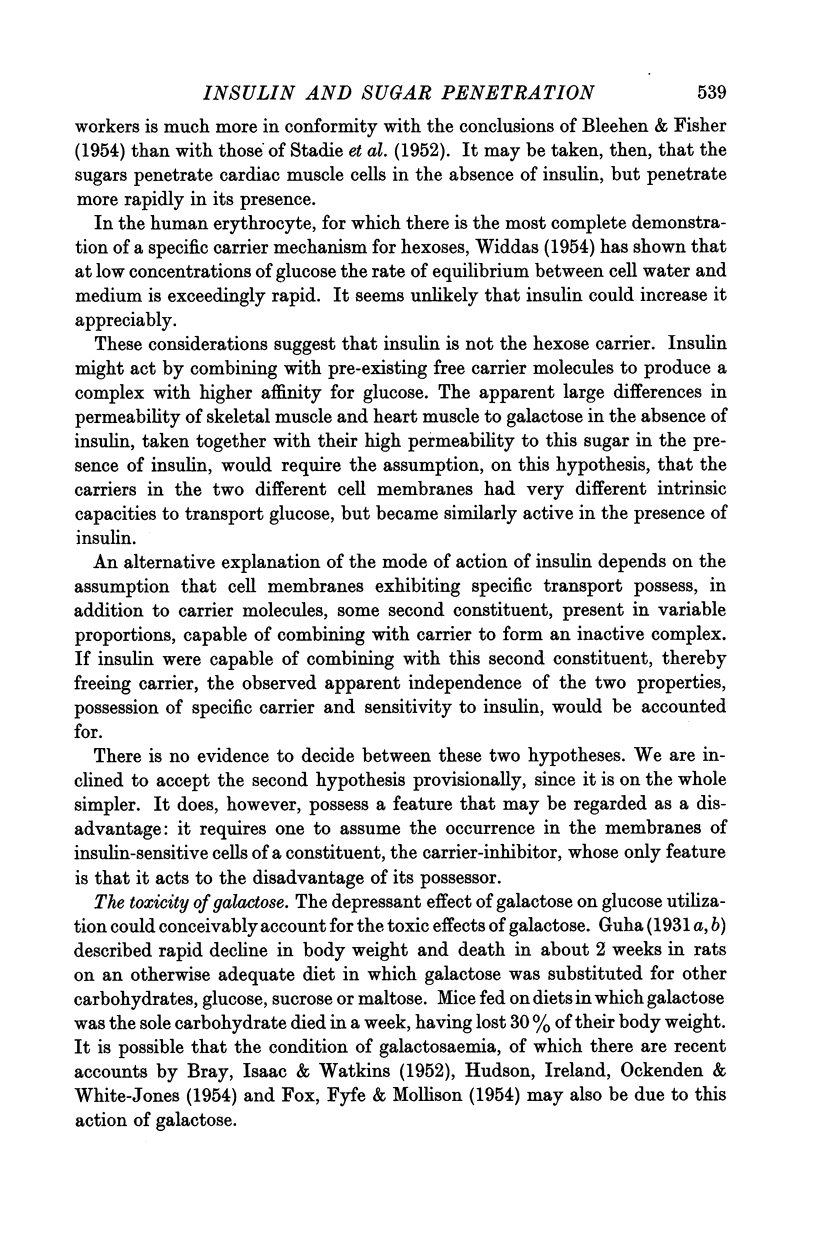
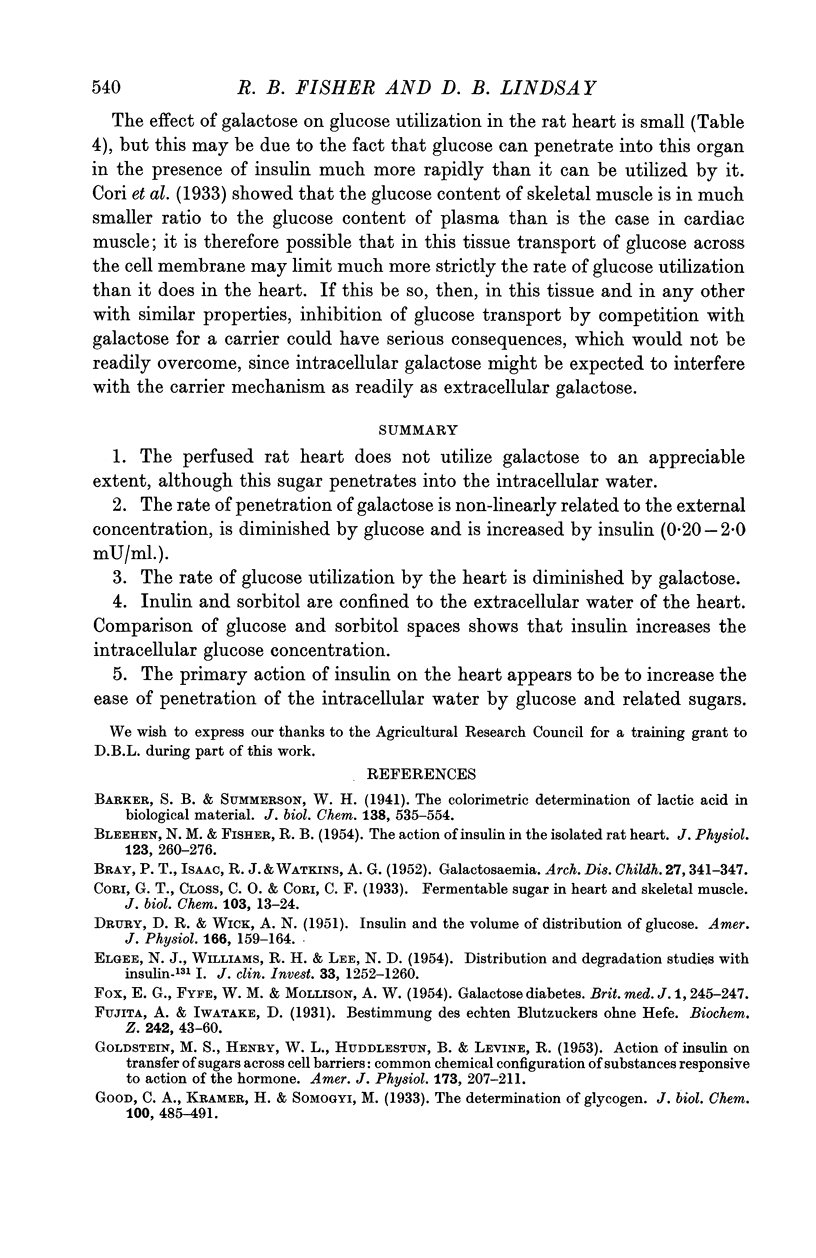
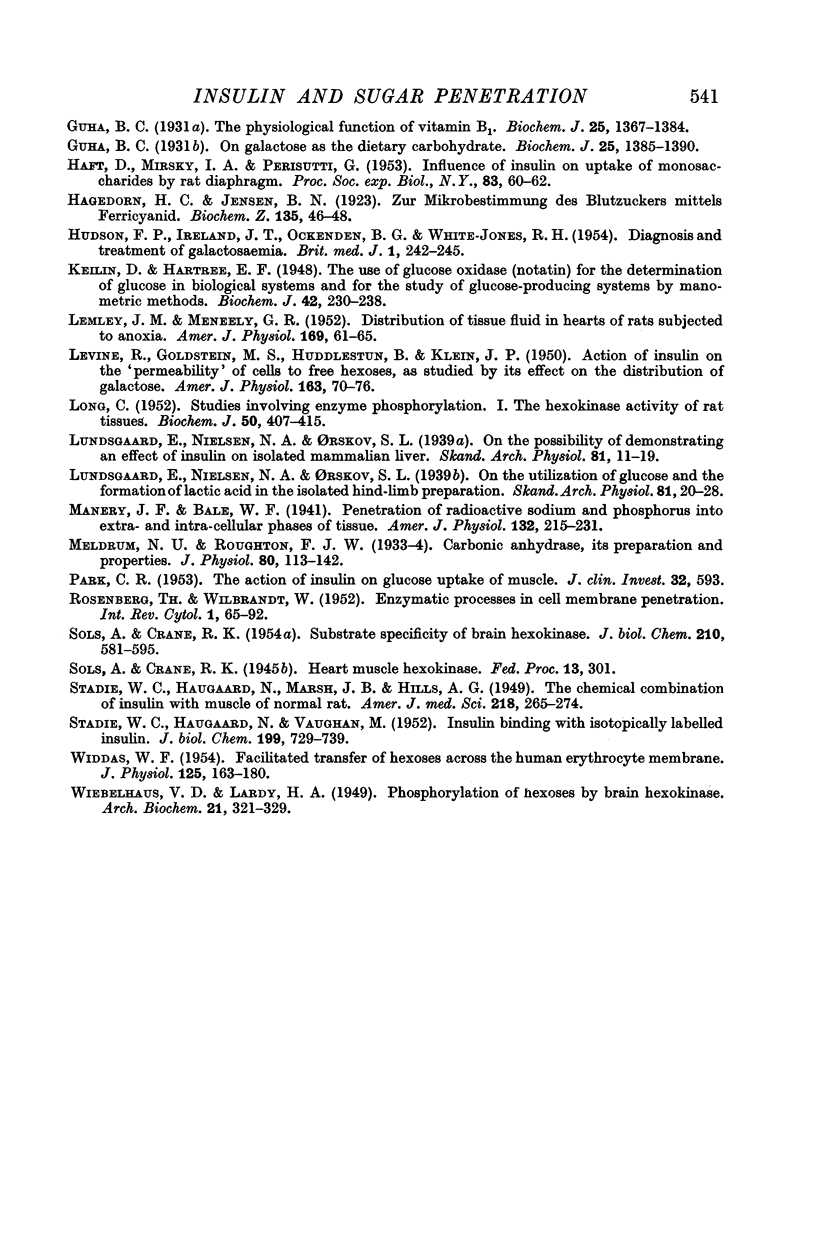
Selected References
These references are in PubMed. This may not be the complete list of references from this article.
- BLEEHEN N. M., FISHER R. B. The action of insulin in the isolated rat heart. J Physiol. 1954 Feb 26;123(2):260–276. doi: 10.1113/jphysiol.1954.sp005049. [DOI] [PMC free article] [PubMed] [Google Scholar]
- BRAY P. T., ISAAC R. J., WATKINS A. G. Galactosaemia. Arch Dis Child. 1952 Aug;27(134):341–347. doi: 10.1136/adc.27.134.341. [DOI] [PMC free article] [PubMed] [Google Scholar]
- DRURY D. R., WICK A. N. Insulin and the volume of distribution of glucose. Am J Physiol. 1951 Jul;166(1):159–164. doi: 10.1152/ajplegacy.1951.166.1.159. [DOI] [PubMed] [Google Scholar]
- ELGEE N. J., WILLIAMS R. H., LEE N. D. Distribution and degradation studies with insulin I131. J Clin Invest. 1954 Sep;33(9):1252–1260. doi: 10.1172/JCI103000. [DOI] [PMC free article] [PubMed] [Google Scholar]
- FOX E. G., FYFE W. M., MOLLISON A. W. Galactose diabetes. Br Med J. 1954 Jan 30;1(4856):245–246. doi: 10.1136/bmj.1.4856.245. [DOI] [PMC free article] [PubMed] [Google Scholar]
- GOLDSTEIN M. S., HENRY W. L., HUDDLESTUN B., LEVINE R. Action of insulin on transfer of sugars across cell barriers; common chemical configuration of substances responsive to action of the hormone. Am J Physiol. 1953 May;173(2):207–211. doi: 10.1152/ajplegacy.1953.173.2.207. [DOI] [PubMed] [Google Scholar]
- Guha B. C. On galactose as the dietary carbohydrate. Biochem J. 1931;25(4):1385–1390. doi: 10.1042/bj0251385. [DOI] [PMC free article] [PubMed] [Google Scholar]
- HAFT D., MIRSKY I. A., PERISUTTI G. Influence of insulin on uptake of monosaccharides by the isolated rat diaphragm. Proc Soc Exp Biol Med. 1953 Jan;82(1):60–62. doi: 10.3181/00379727-82-20023. [DOI] [PubMed] [Google Scholar]
- HUDSON F. P., IRELAND J. T., OCKENDEN B. G., WHITE-JONES R. H. Diagnosis and treatment of galactosaemia. Br Med J. 1954 Jan 30;1(4856):242–245. doi: 10.1136/bmj.1.4856.242. [DOI] [PMC free article] [PubMed] [Google Scholar]
- Keilin D., Hartree E. F. The use of glucose oxidase (notatin) for the determination of glucose in biological material and for the study of glucose-producing systems by manometric methods. Biochem J. 1948;42(2):230–238. [PMC free article] [PubMed] [Google Scholar]
- LEMLEY J. M., MENEELY G. R. Distribution of tissue fluid in hearts of rats subjected to anoxia. Am J Physiol. 1952 Apr;169(1):61–65. doi: 10.1152/ajplegacy.1952.169.1.61. [DOI] [PubMed] [Google Scholar]
- LEVINE R., GOLDSTEIN M. S., HUDDLESTUN B., KLEIN S. P. Action of insulin on the 'permeability' of cells to free hexoses, as studied by its effect on the distribution of galactose. Am J Physiol. 1950 Oct;163(1):70–76. doi: 10.1152/ajplegacy.1950.163.1.70. [DOI] [PubMed] [Google Scholar]
- LONG C. Studies involving enzymic phosphorylation. I. The hexokinase activity of rat tissues. Biochem J. 1952 Jan;50(3):407–415. doi: 10.1042/bj0500407. [DOI] [PMC free article] [PubMed] [Google Scholar]
- Meldrum N. U., Roughton F. J. Carbonic anhydrase. Its preparation and properties. J Physiol. 1933 Dec 5;80(2):113–142. doi: 10.1113/jphysiol.1933.sp003077. [DOI] [PMC free article] [PubMed] [Google Scholar]
- SOLS A., CRANE R. K. Substrate specificity of brain hexokinase. J Biol Chem. 1954 Oct;210(2):581–595. [PubMed] [Google Scholar]
- STADIE W. C., HAUGAARD N., VAUGHAN M. Studies of insulin binding with isotopically labeled insulin. J Biol Chem. 1952 Dec;199(2):729–739. [PubMed] [Google Scholar]
- WIDDAS W. F. Facilitated transfer of hexoses across the human erythrocyte membrane. J Physiol. 1954 Jul 28;125(1):163–180. doi: 10.1113/jphysiol.1954.sp005148. [DOI] [PMC free article] [PubMed] [Google Scholar]


